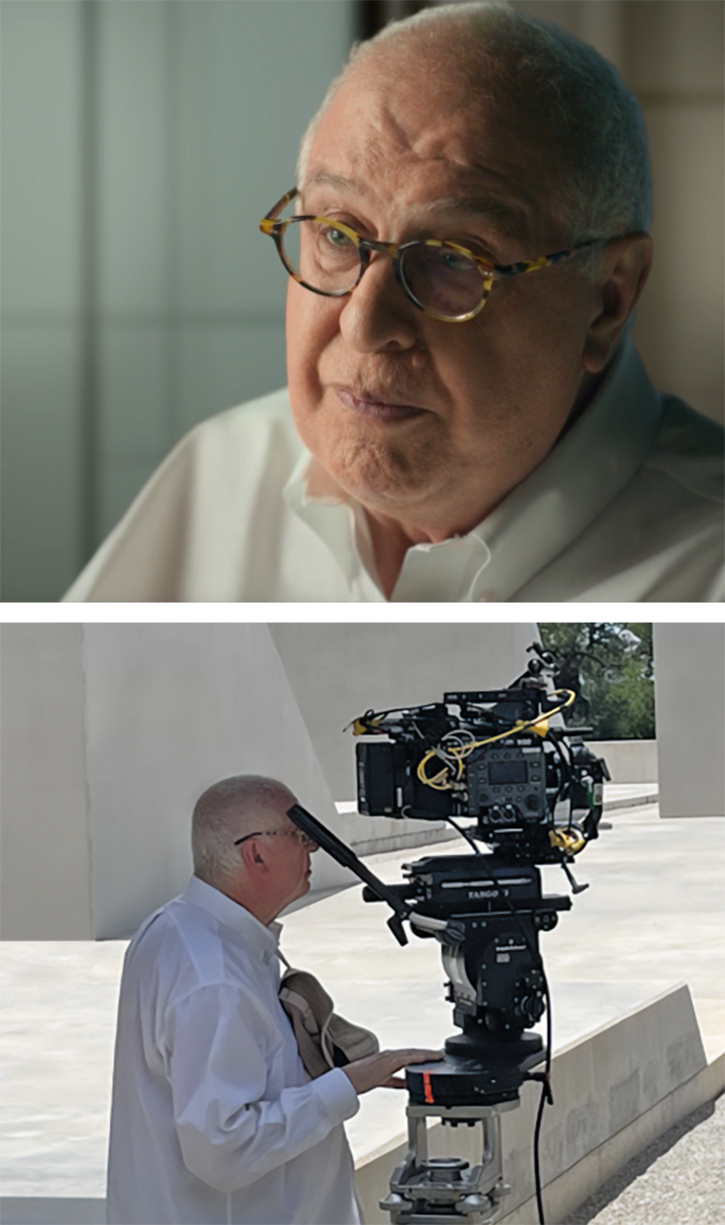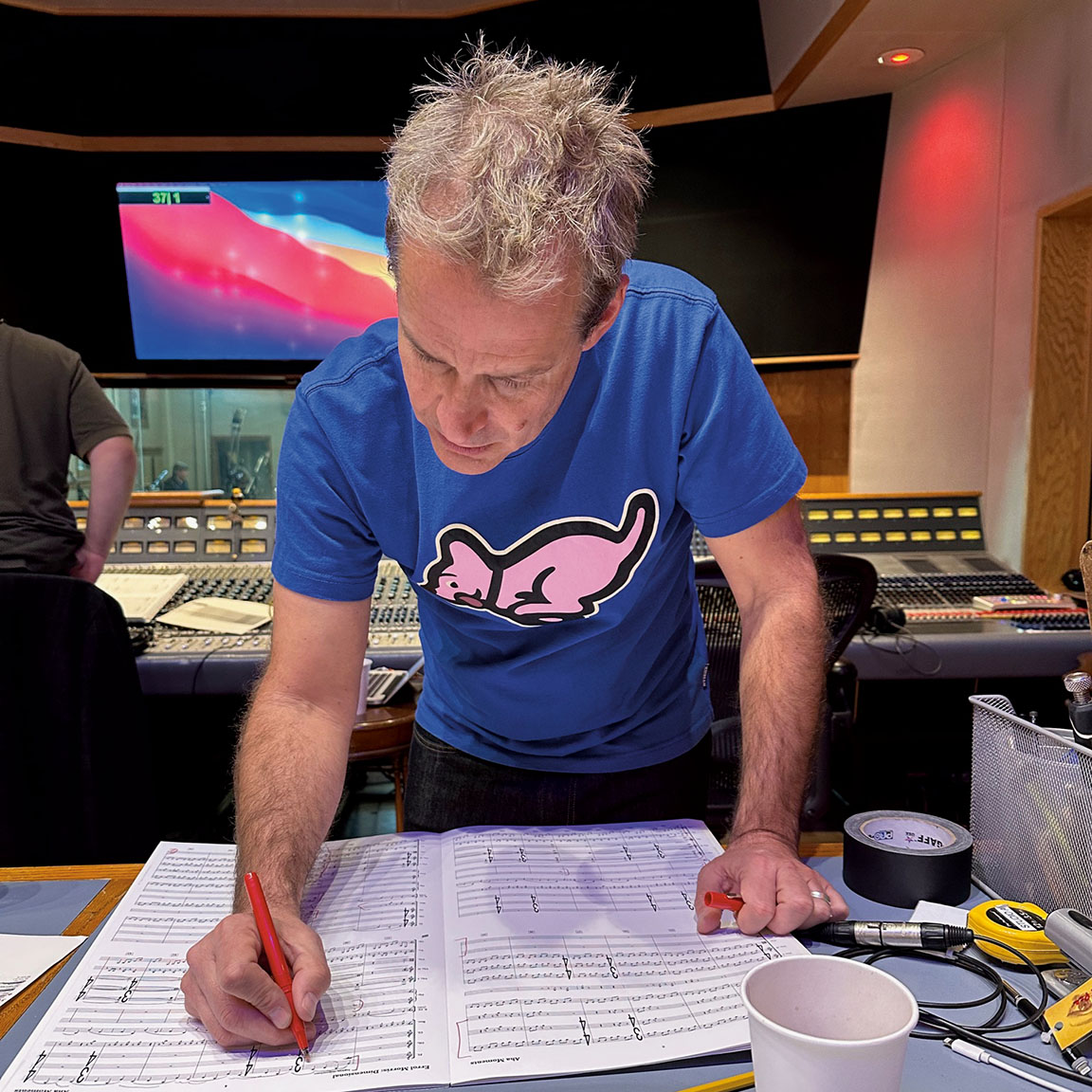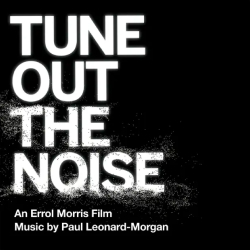
Errol Morris on the Art and Science of Markets
In learning about markets, I’m confronted with questions: What governs their behavior? What do they really represent? What are they telling us? What do they mean?
Couple these quandaries with the deep human need to learn something from the past, not just make sense out of it. What governs boom and bust? Why one price rather than another? And one of the deepest questions: Can we predict the future? The 1950s and ’60s saw as great a revolution in finance as the one in science during the early Renaissance. We’ve witnessed the growth of computers and come to the realization that the markets themselves might be a real-world computer, with investors playing the role of processors.
What science does is try to make visible the hidden, the unknown, the potentially indecipherable. People are always hoping that scientists will reveal to them the true meaning of things. But even if science takes us deeper into the behavior of the world around us, it does not reveal deeper meaning. Why do things behave the way they do? Why do certain phenomena commandeer our attention, directing it to hidden patterns cloaked in the ubiquity of noise? As in art, so in science that eternal question remains: What is defined by us and what is out there to be discovered by us?
We’re trying to discover a reality beyond what is manifest. We’re learning to look at the world in a different way than the familiar or the expected—realizing that subtle shapes and strange forms can often reveal something new and unexpected. Art and science show us that there is often something beyond our ken, beyond our reach. Ironically, modern finance doesn’t tell us about what will happen next. It takes us into that mystery.
—Errol Morris

About the Director
Errol Morris’s films have won many awards, including an Oscar for The Fog of War, the Grand Jury Prize at the Sundance Film Festival for A Brief History of Time, the Silver Bear at the Berlin International Film Festival for Standard Operating Procedure, and the Edgar from the Mystery Writers of America for The Thin Blue Line.
His films have been honored by the National Society of Film Critics and the National Board of Review. Morris’s work is in the permanent collection of the Museum of Modern Art (MoMA). Roger Ebert called his first film, Gates of Heaven, one of the 10 best films of all time. Morris is also the author of two New York Times bestsellers, Believing Is Seeing and A Wilderness of Error. Morris has directed over 1,000 television commercials, including campaigns for Apple, Levi’s, Nike, Target, Citibank, and Miller High Life. He has directed short films for the 2002 and 2007 Academy Awards, ESPN, and many charitable and political organizations. In 2001, Morris won an Emmy for “Photobooth,” a commercial for PBS.
Morris has received fellowships from the National Endowment for the Arts, a Guggenheim Fellowship, and a MacArthur Fellowship. In 2007, he was inducted into the American Academy of Arts and Sciences. He is a graduate of the University of Wisconsin–Madison and was a graduate student at Princeton University and the University of California, Berkeley. He has received the Columbia Journalism Award and honorary degrees from the University of Wisconsin–Madison, Brandeis University, and Middlebury College.
Paul Leonard-Morgan on Composing the Film’s Score
Collaborating with Errol is always a unique process. Music drives the momentum and energy of many of his films. When he approached me about his film on the world of finance, it got my brain going overtime.
The thought of stock tickers, the tapes printing out—it gave me this thought of creating a real energy and hustle and bustle to the music. The momentum of these images was what I tried to transfer into musical motifs, so in all the tracks there are perpetual-motion rhythms and polyrhythms. There’s a real pace and flow to the music, though one never fully settles into it. Every time you feel the music getting into a groove, it takes you in a different direction, so you’re never sitting comfortably—the same frenetic feeling I would imagine one finds on the stock market floor.
Recording the orchestra in Nashville really brought these tracks to life. This kind of music is incredibly tough to play, with the wind playing arpeggiated motifs in different time to the strings—all these rhythms driving the pace of the film and helping the story on its journey, the same way that the tickers create an energy. The musicians did a phenomenal job.
—Paul Leonard-Morgan
About the Composer
Paul Leonard-Morgan is a BAFTA award–winning and Emmy-nominated composer whose unique cinematic style fuses orchestra with electronica. He has worked with director Errol Morris on a string of projects, including the documentary features The B-Side and American Dharma and the Netflix series Wormwood.
Prior to working in film, he produced and arranged for musical acts including Belle and Sebastian, Snow Patrol, Mogwai, and No Doubt. His groundbreaking score for 2011’s Limitless solidified him as a major player in the film music industry. In 2012, his work for the film Dredd was widely recognized as launching a new generation of hybrid scores. Other screen credits include the documentary The Quiet One, the feature Last Breath, the hit series reboot Dynasty, Netflix’s Designated Survivor, and the feature The Tomorrow Man, which debuted at the 2019 Sundance Film Festival. He co-scored Amazon’s 2020 sci-fi series Tales from the Loop with composer Philip Glass. He also worked on three short Minions films and the animated Walking with Dinosaurs 3D. His work in video games includes music for Cyberpunk 2077, Warhammer 40,000: Dawn of War III, and Battlefield Hardline.

About the Art in the Film
David Booth, the Founder and Chairman of Dimensional, is an avid art collector. The grounds of Booth’s residence along Lake Austin in Austin, Texas, are home to the numerous paintings, sculptures, and other pieces featured in Tune Out the Noise.
Art and investing may seem like strange bedfellows. Booth sees it differently.
“People say, ‘Well, what kind of art do you like to collect?’ … It’s very similar to my view of economics and investing. I like simple ideas well executed,” he explains in the film. “My view of life is there’s no evidence that complexity adds a lot of value.”
As a philanthropist, Booth has participated in and donated to artistic initiatives across the US. The David Booth Conservation Center and Department is responsible for the preservation of the Museum of Modern Art (MoMA) collection in New York. In 2022, Booth received MoMA’s David Rockefeller Award, presented annually to “an individual from the business community who exemplifies enlightened generosity and effective advocacy of cultural and civic endeavors.”
In the future, Booth plans to convert his property for civic use, making the artwork there accessible to the public.
FOURTH FLOOR PRODUCTIONS and MOXIE PICTURES present an ERROL MORRIS FILM “TUNE OUT THE NOISE” featuring DAVID BOOTH REX SINQUEFIELD EUGENE FAMA MYRON SCHOLES ROBERT C. MERTON ROGER IBBOTSON KENNETH FRENCH JOHN “MAC” MCQUOWN JEANNE SINQUEFIELD GERARD O’REILLY SAVINA RIZOVA DAVID BUTLER MARK HEBNER NORM MINDEL BILL BRADLEY co-producers JOSHUA KEARNEY MOLLY ROKOSZ DINA ALEXANDER PISCATELLI graphics JEREMY LANDMAN music by PAUL LEONARD-MORGAN editor STEVEN HATHAWAY director of photography IGOR MARTINOVIĆ producers JULIE BILSON AHLBERG ROBERT FERNANDEZ directed by ERROL MORRIS COPYRIGHT© 2024 BRAIN TRUST LLC. ALL RIGHTS RESERVED.
